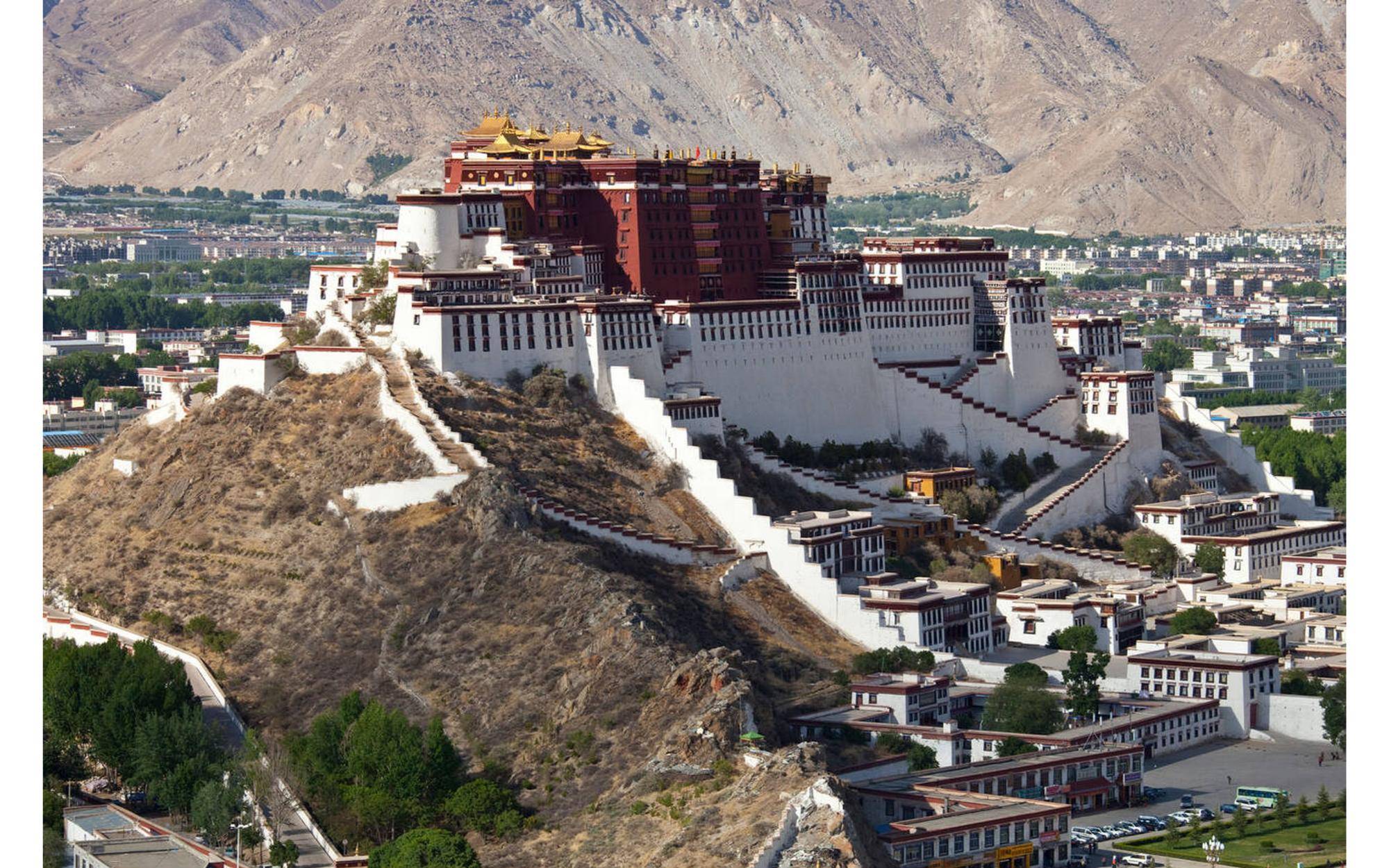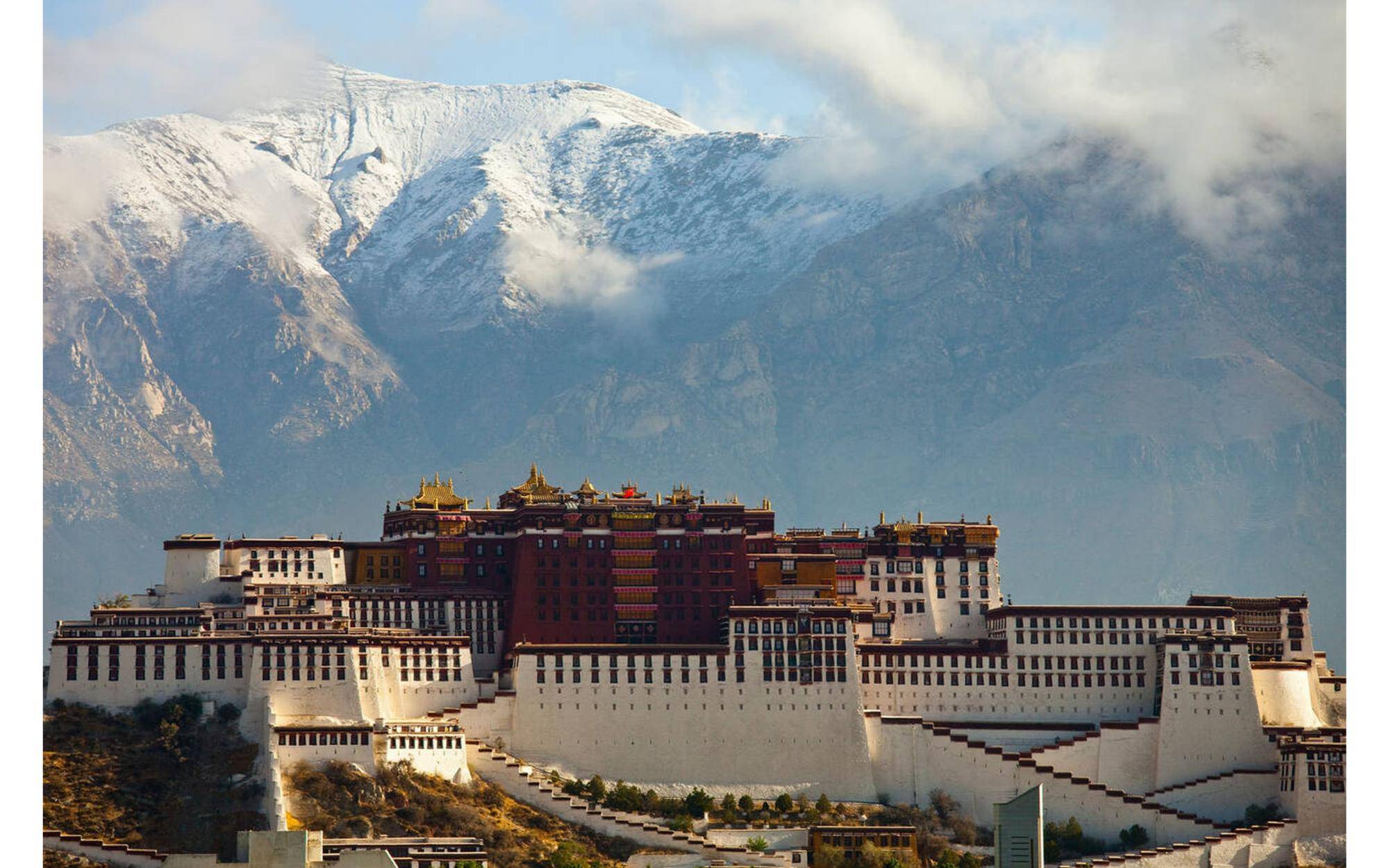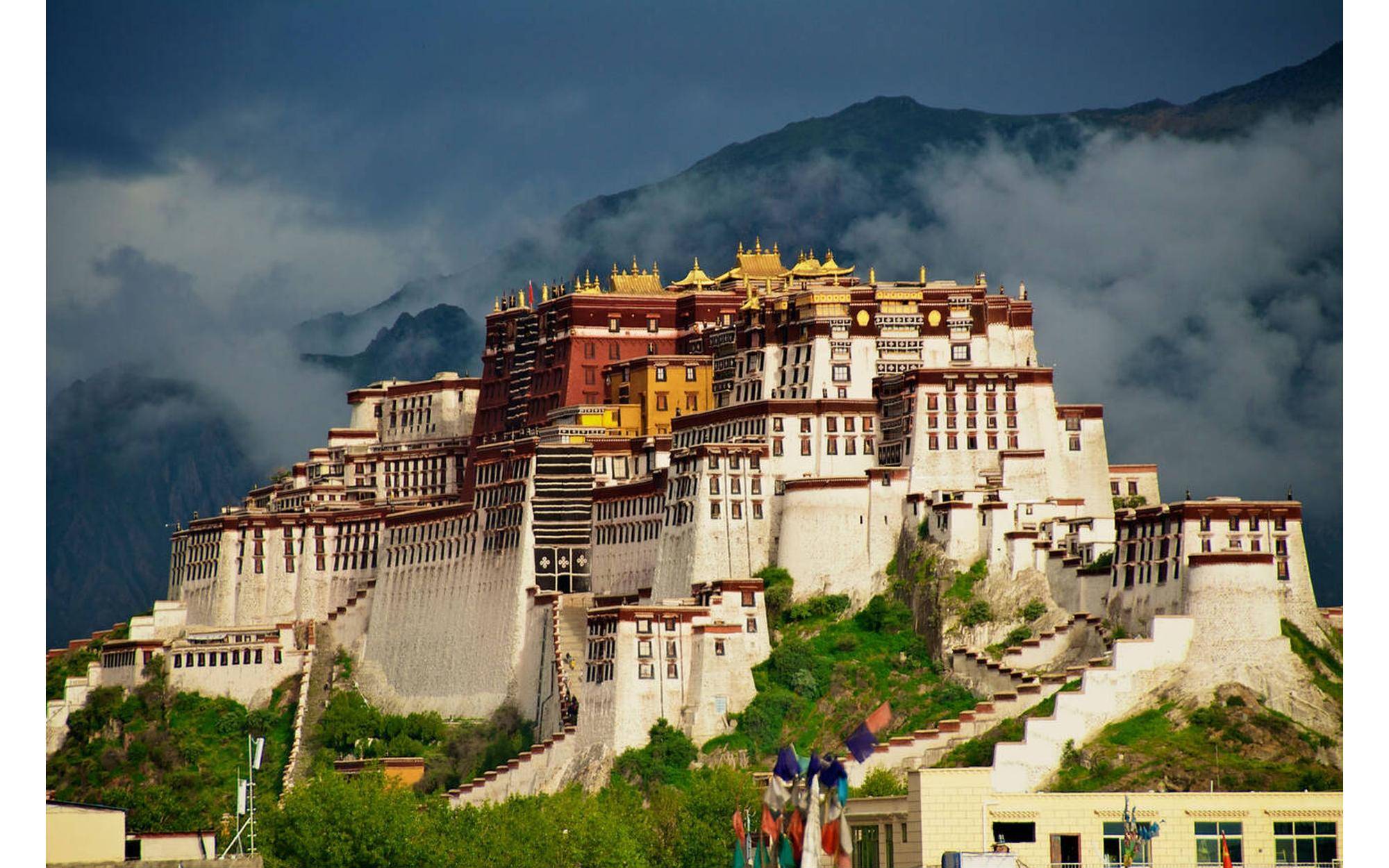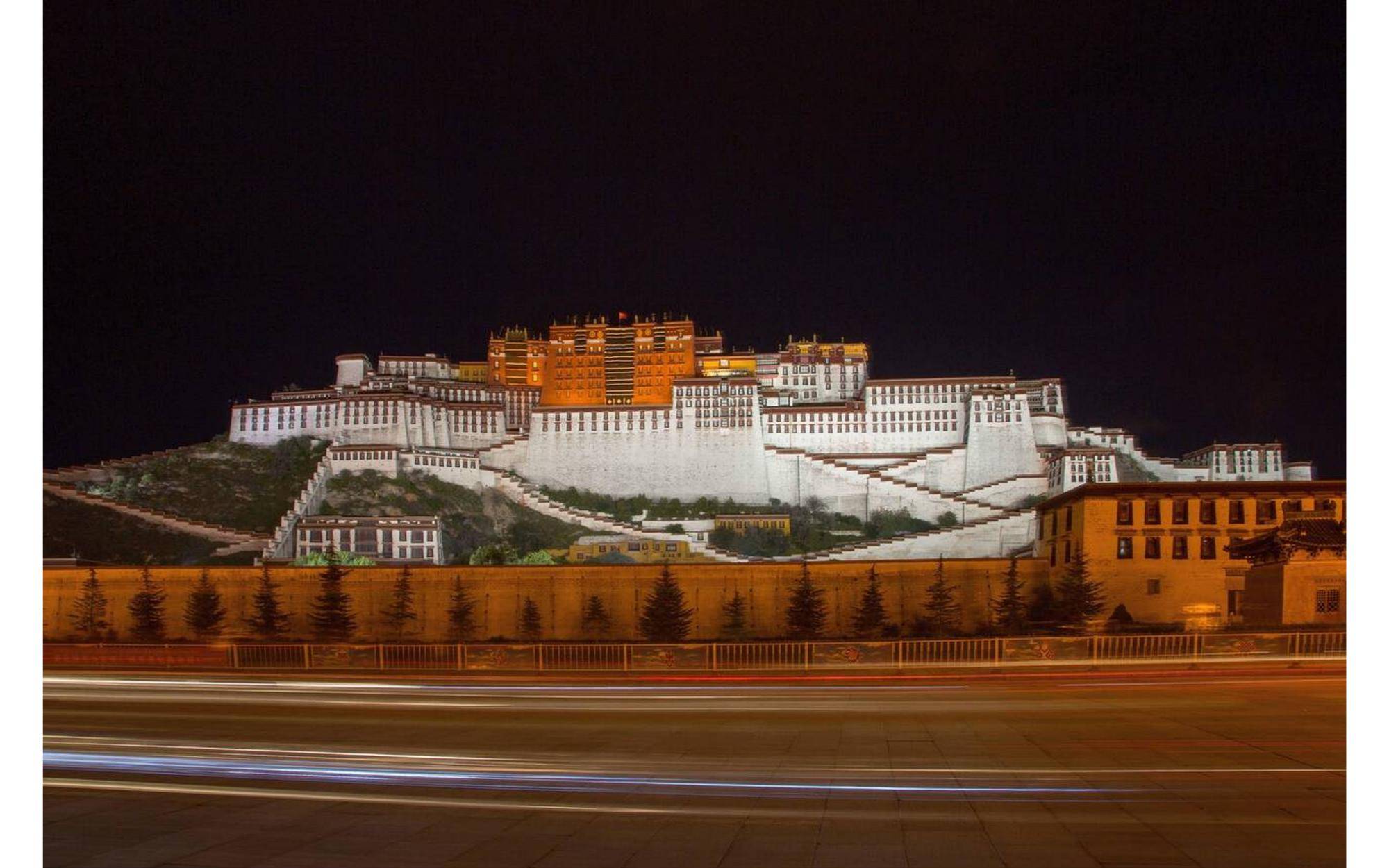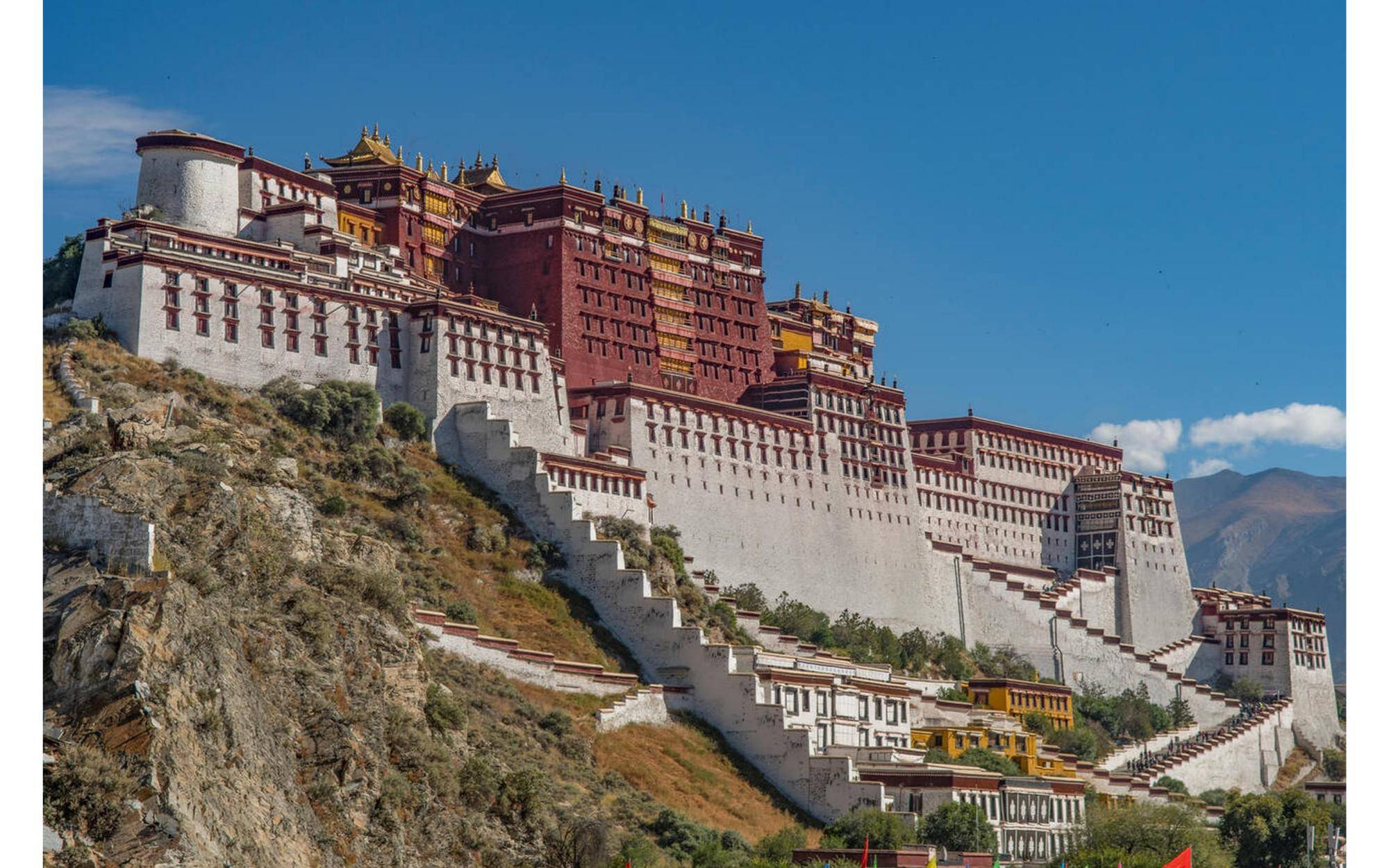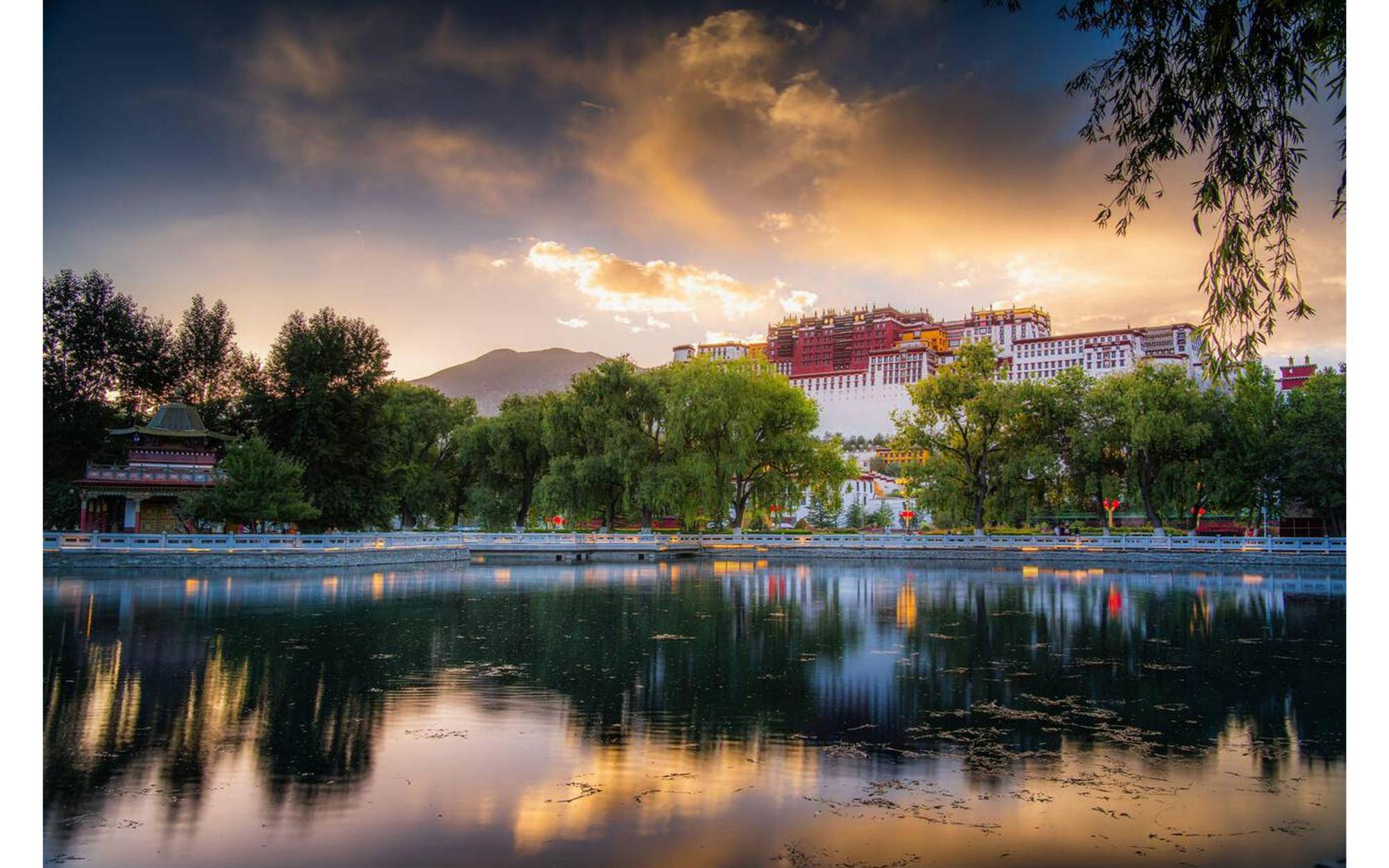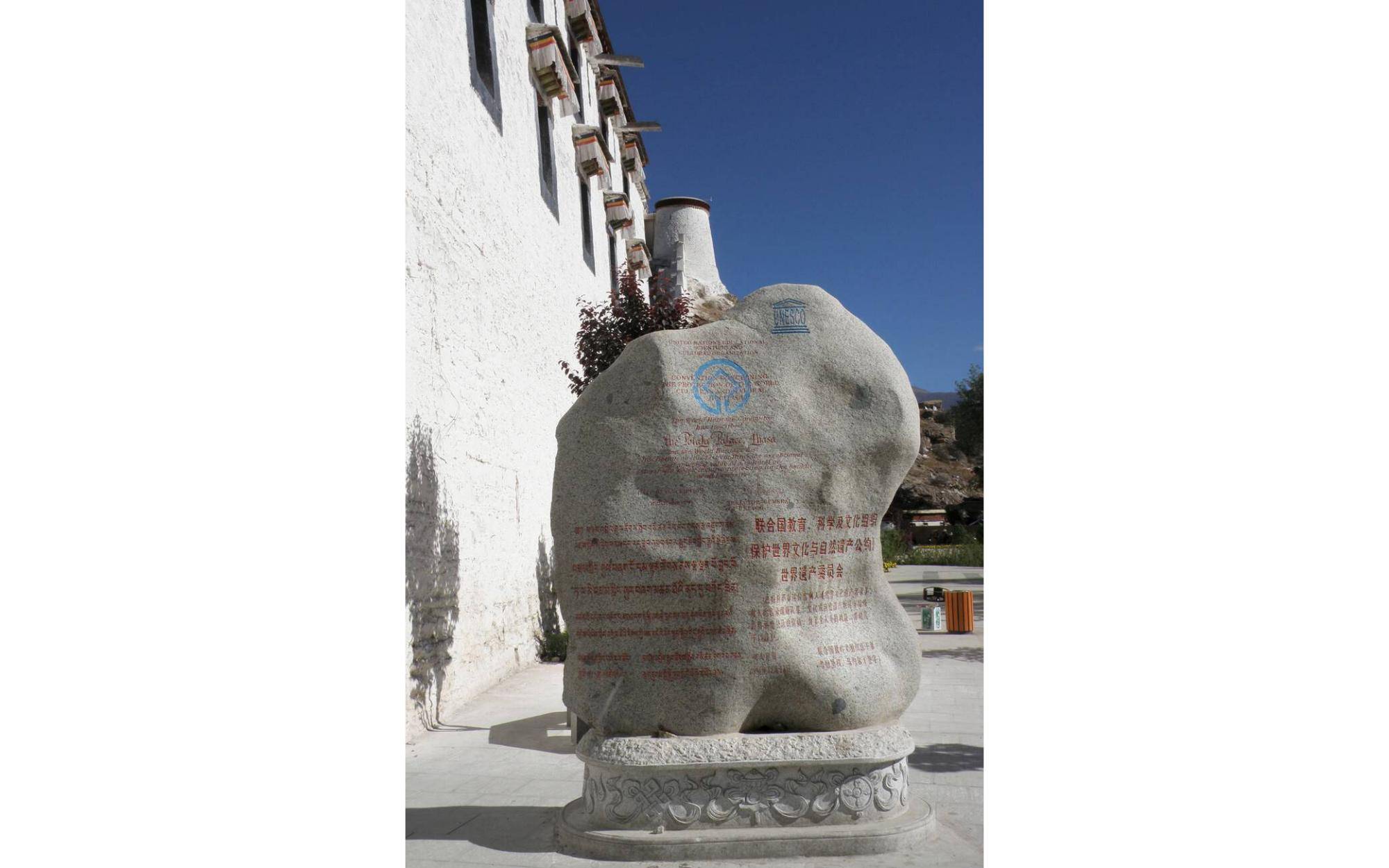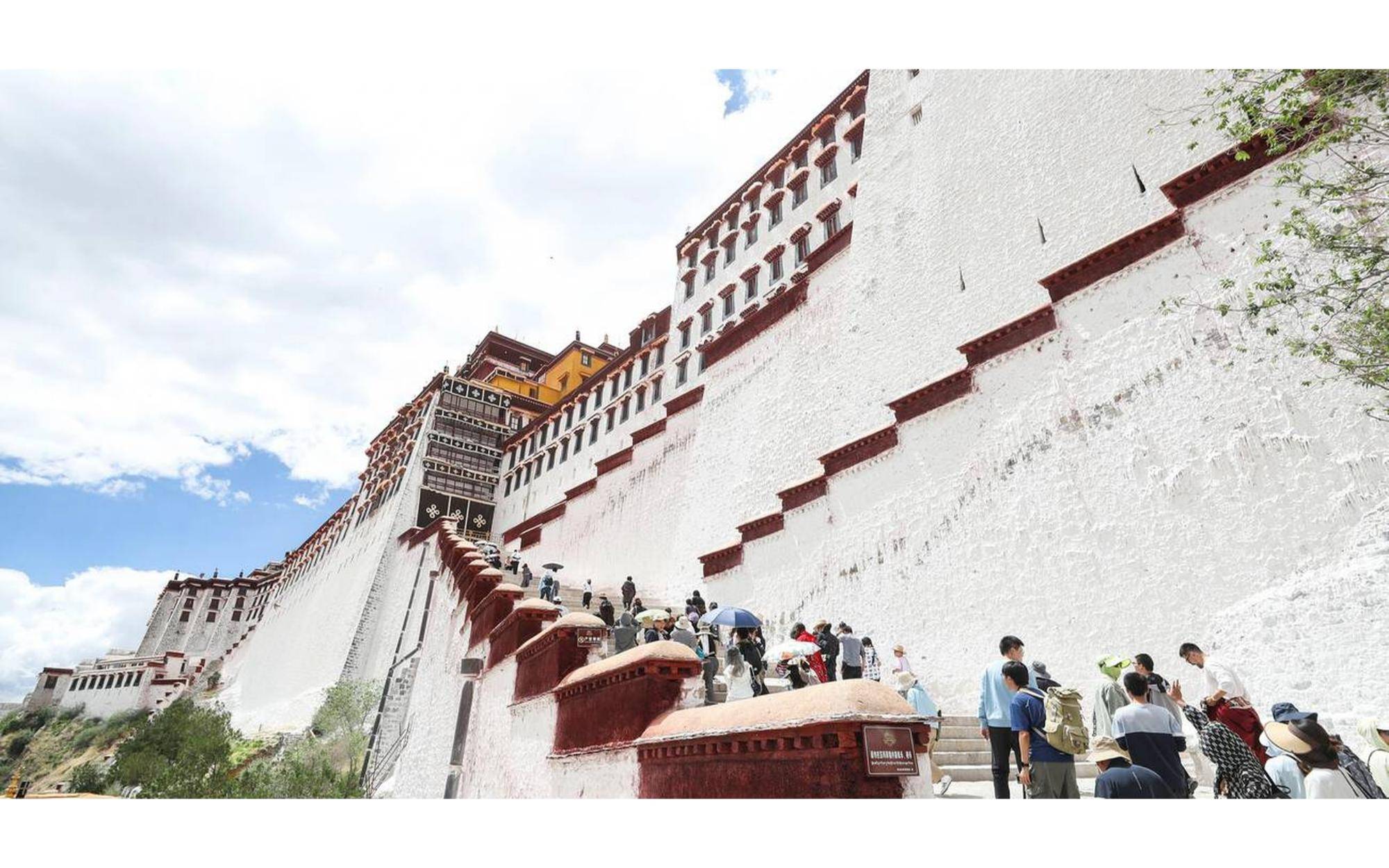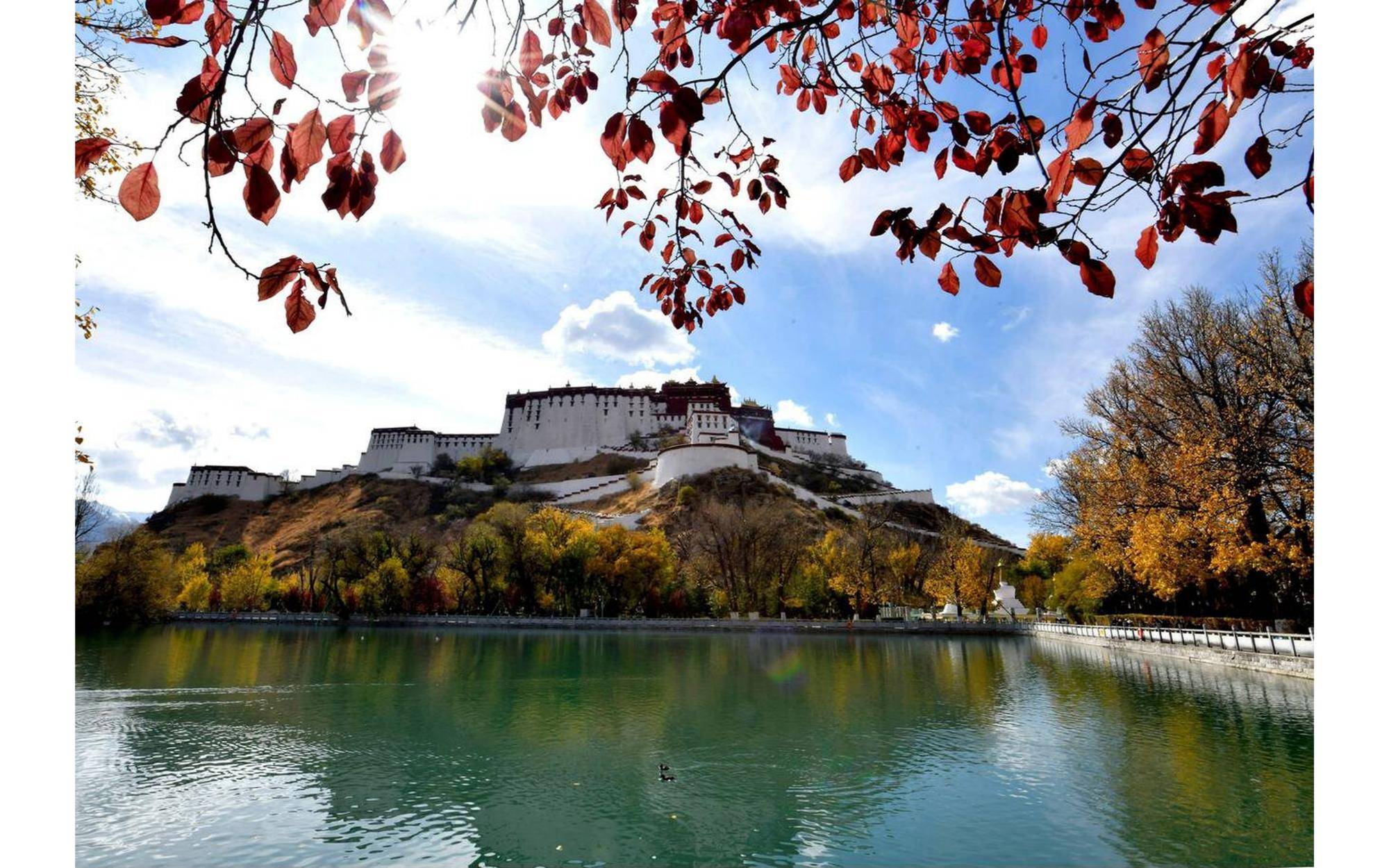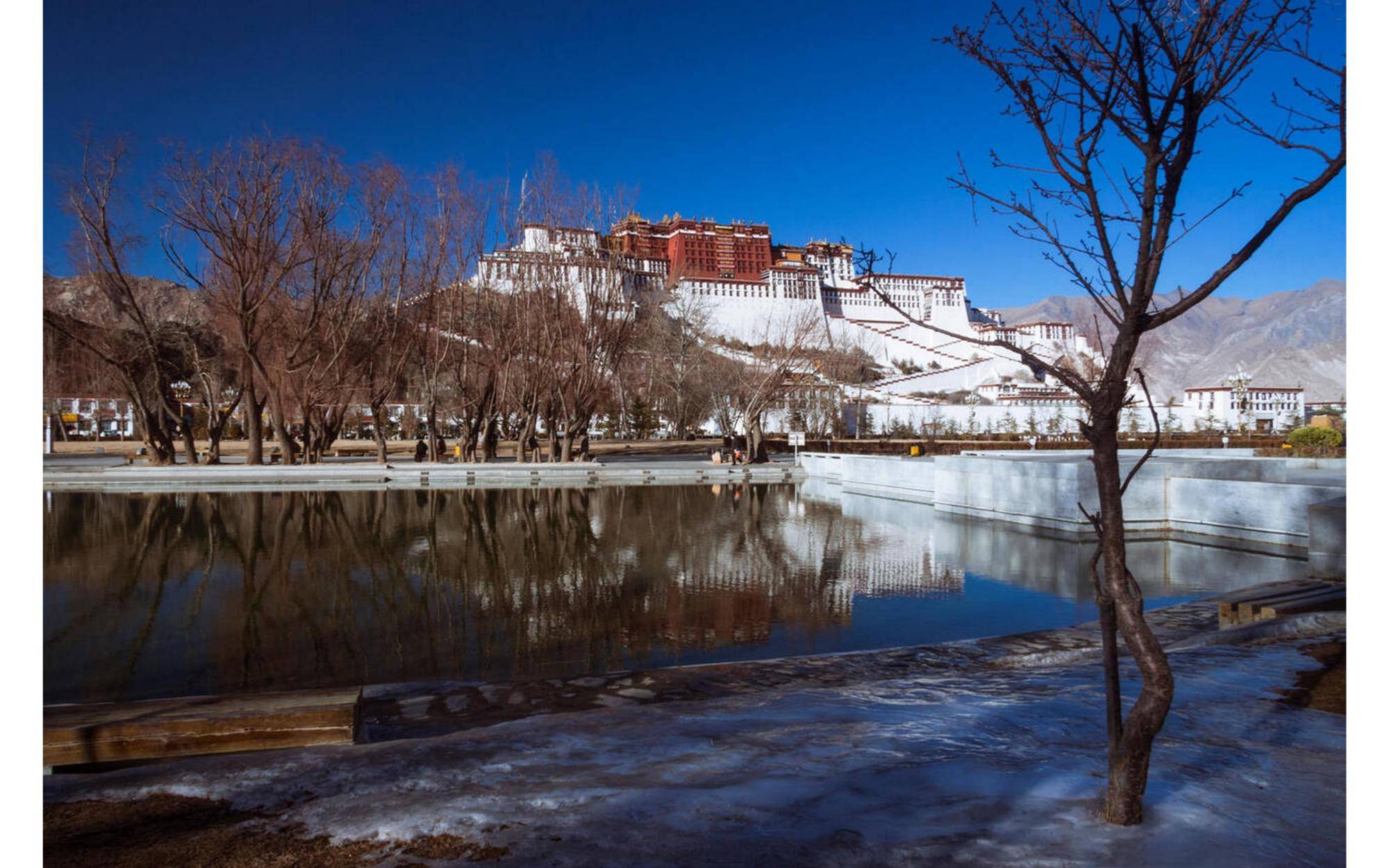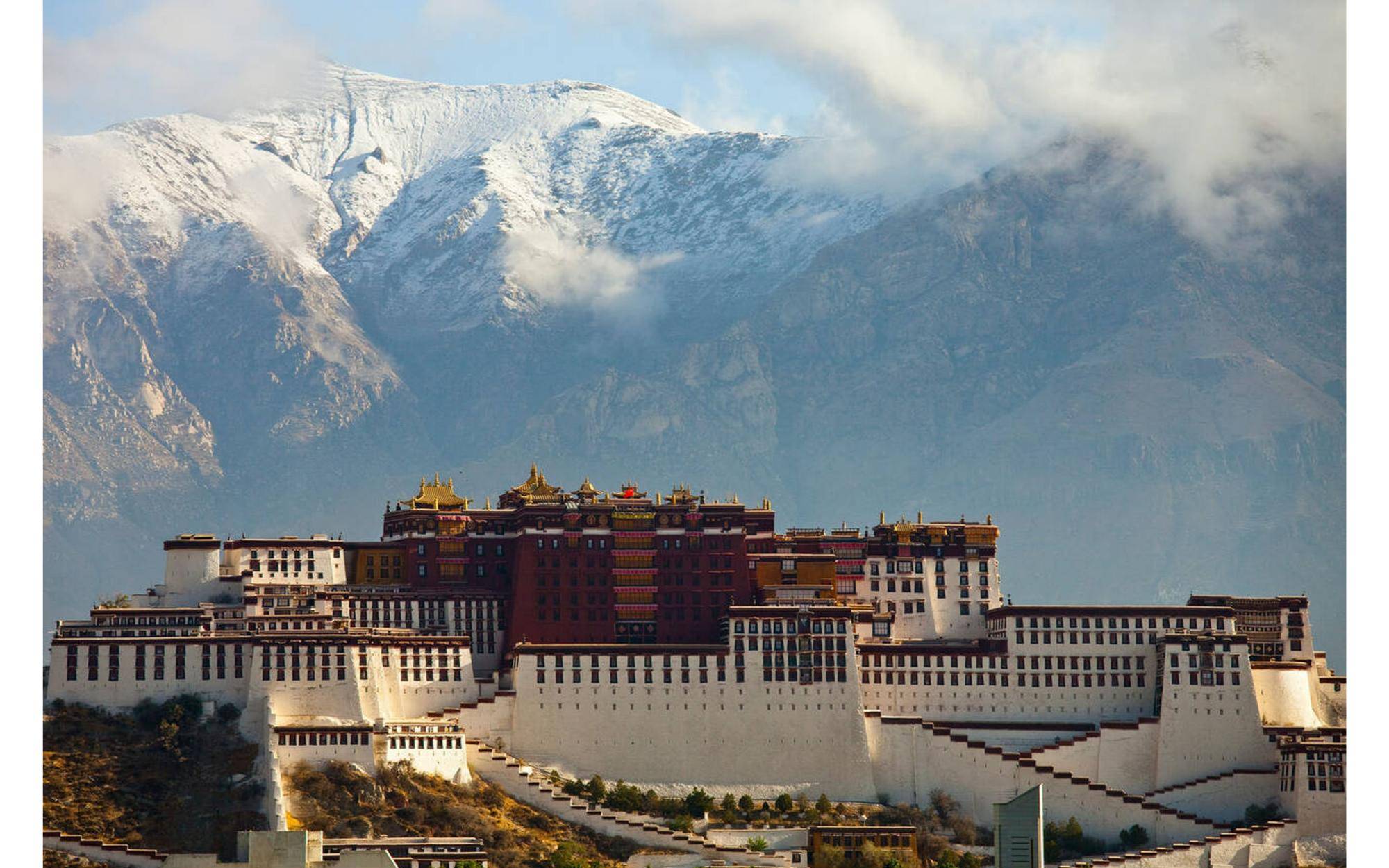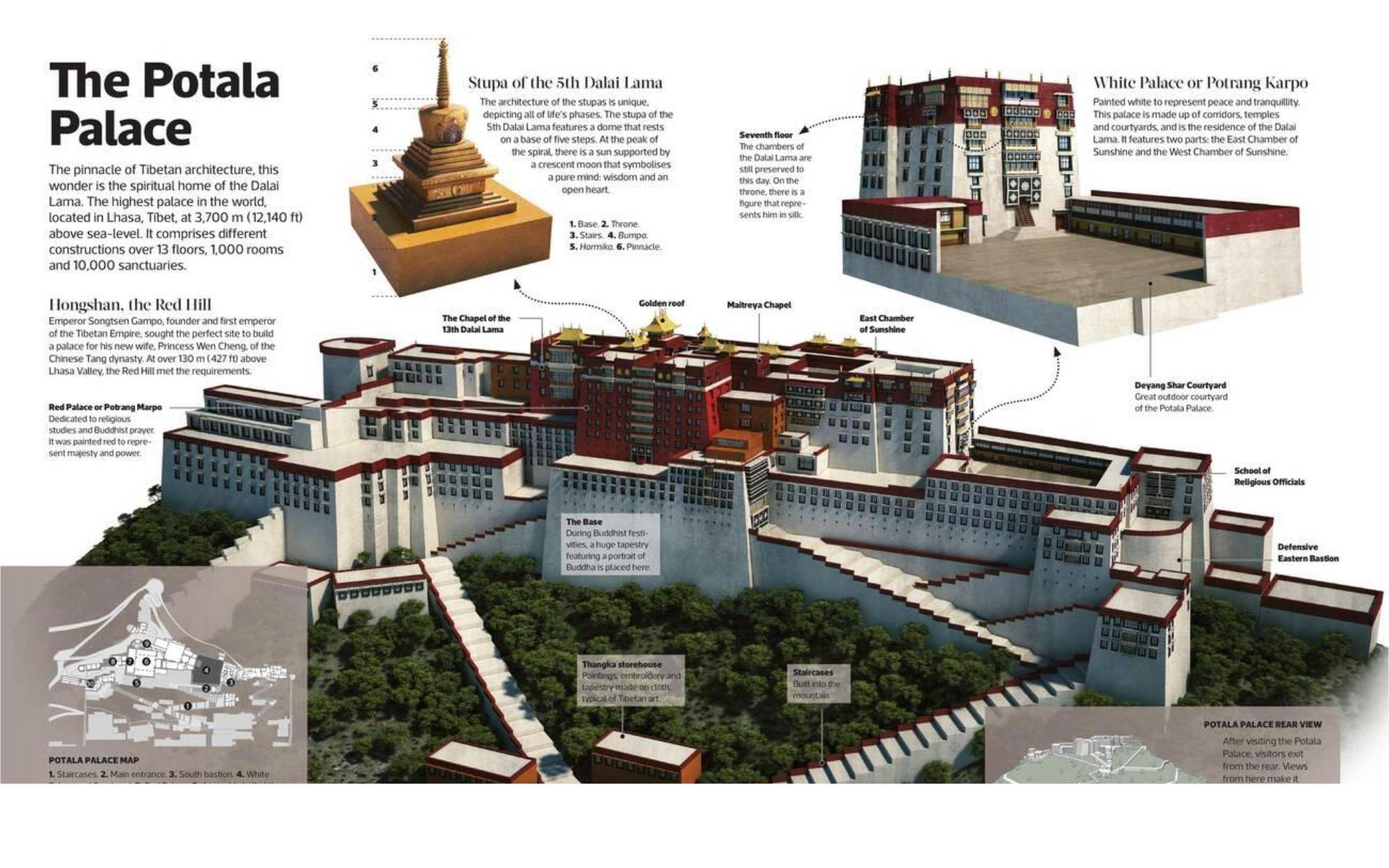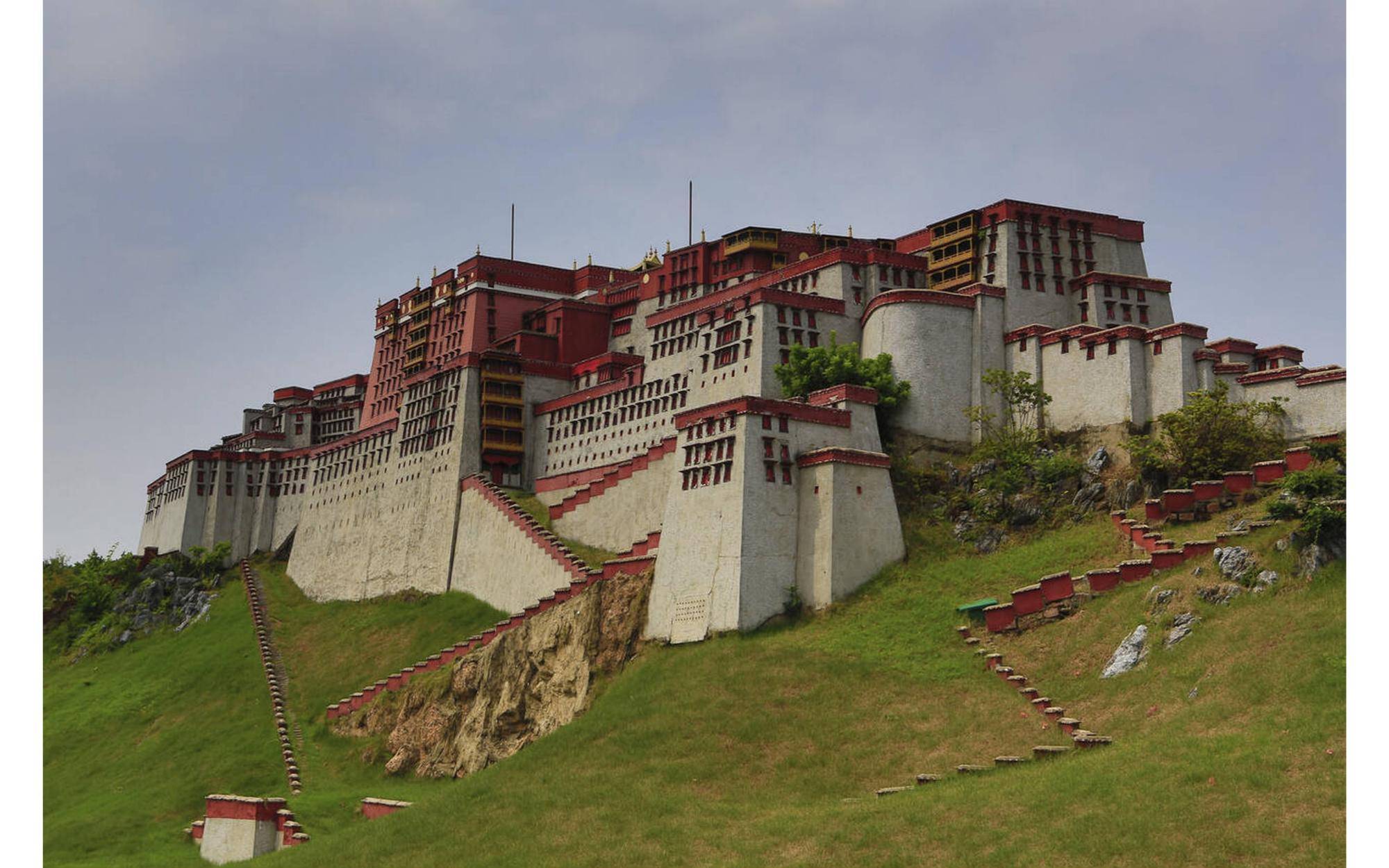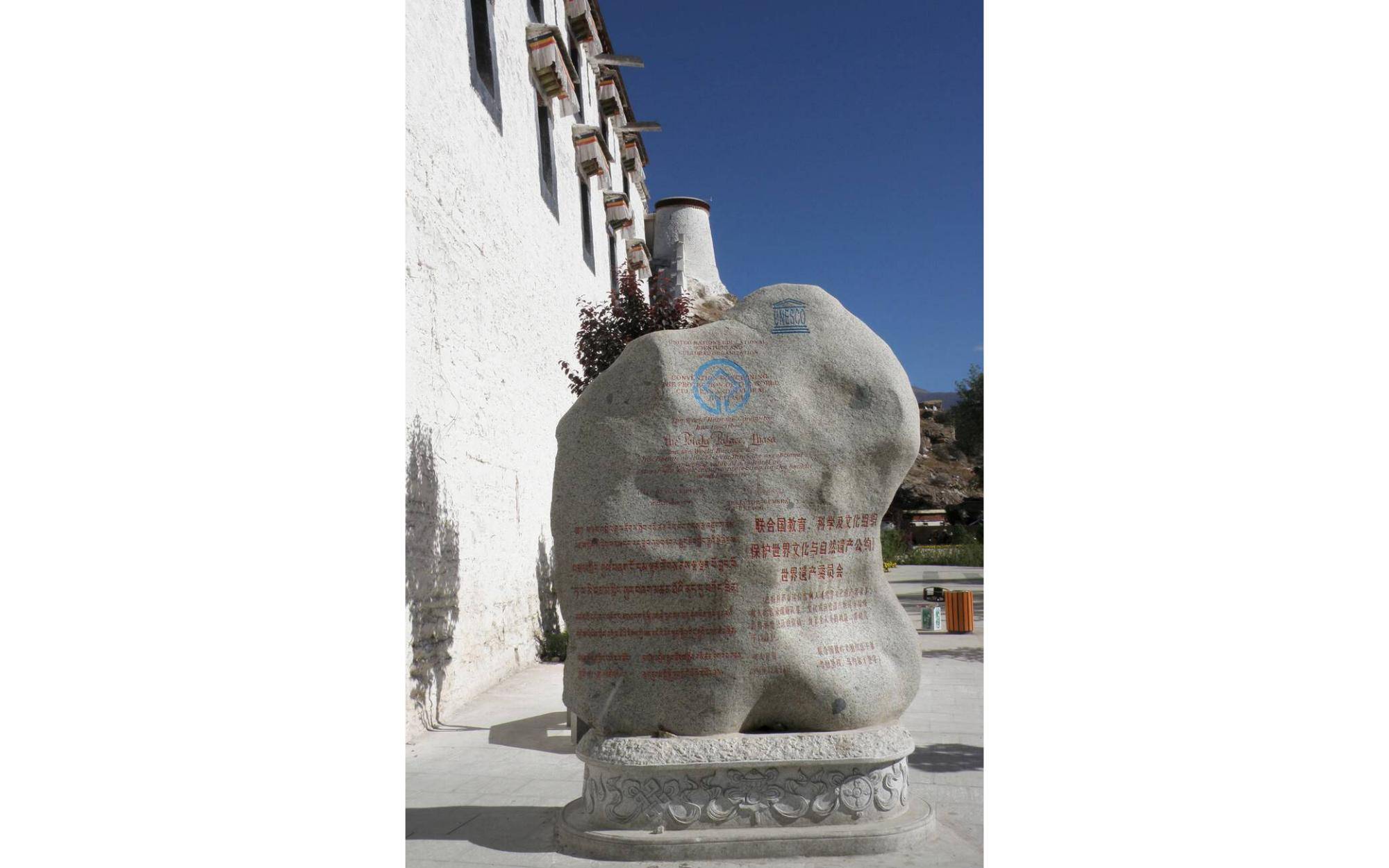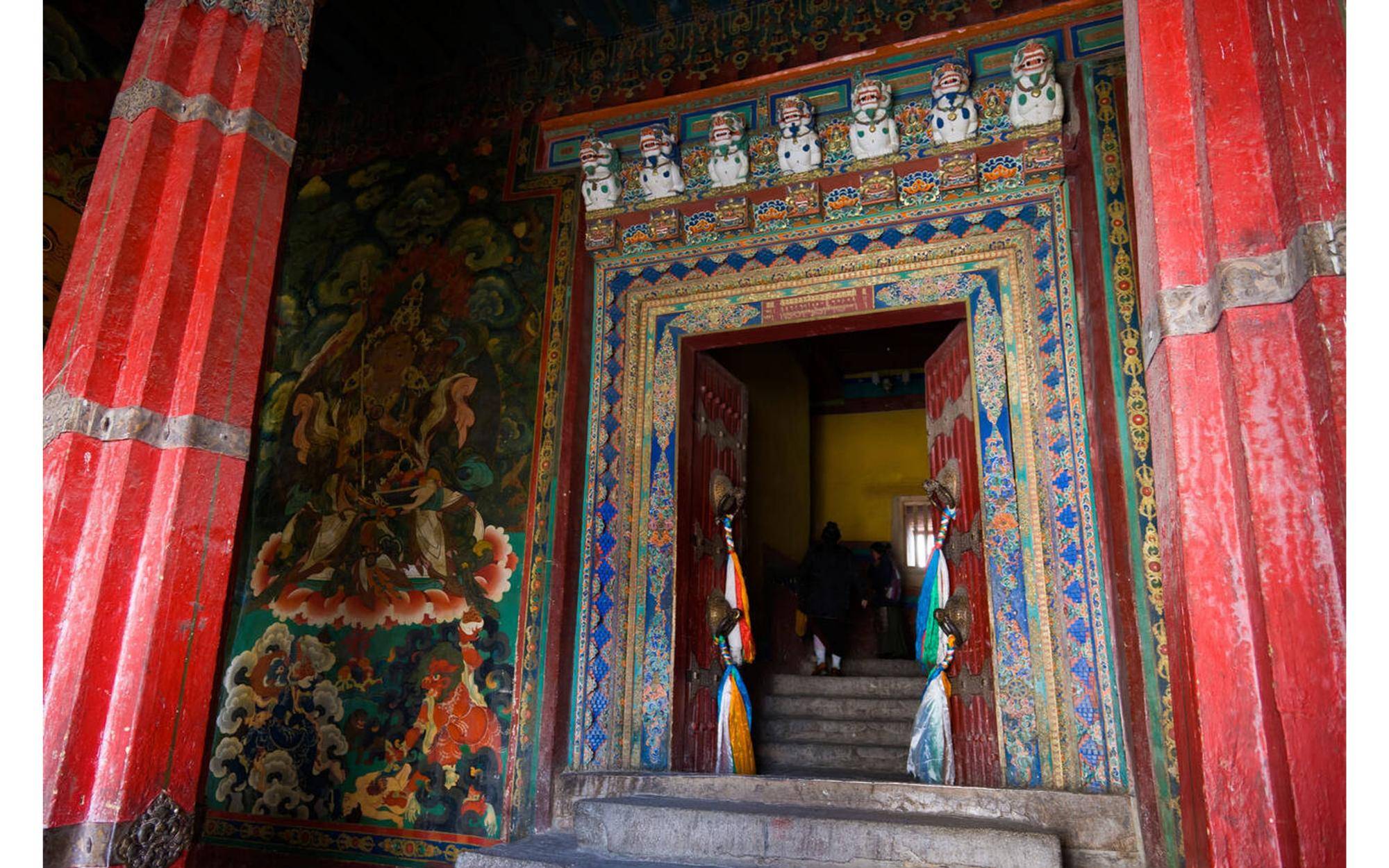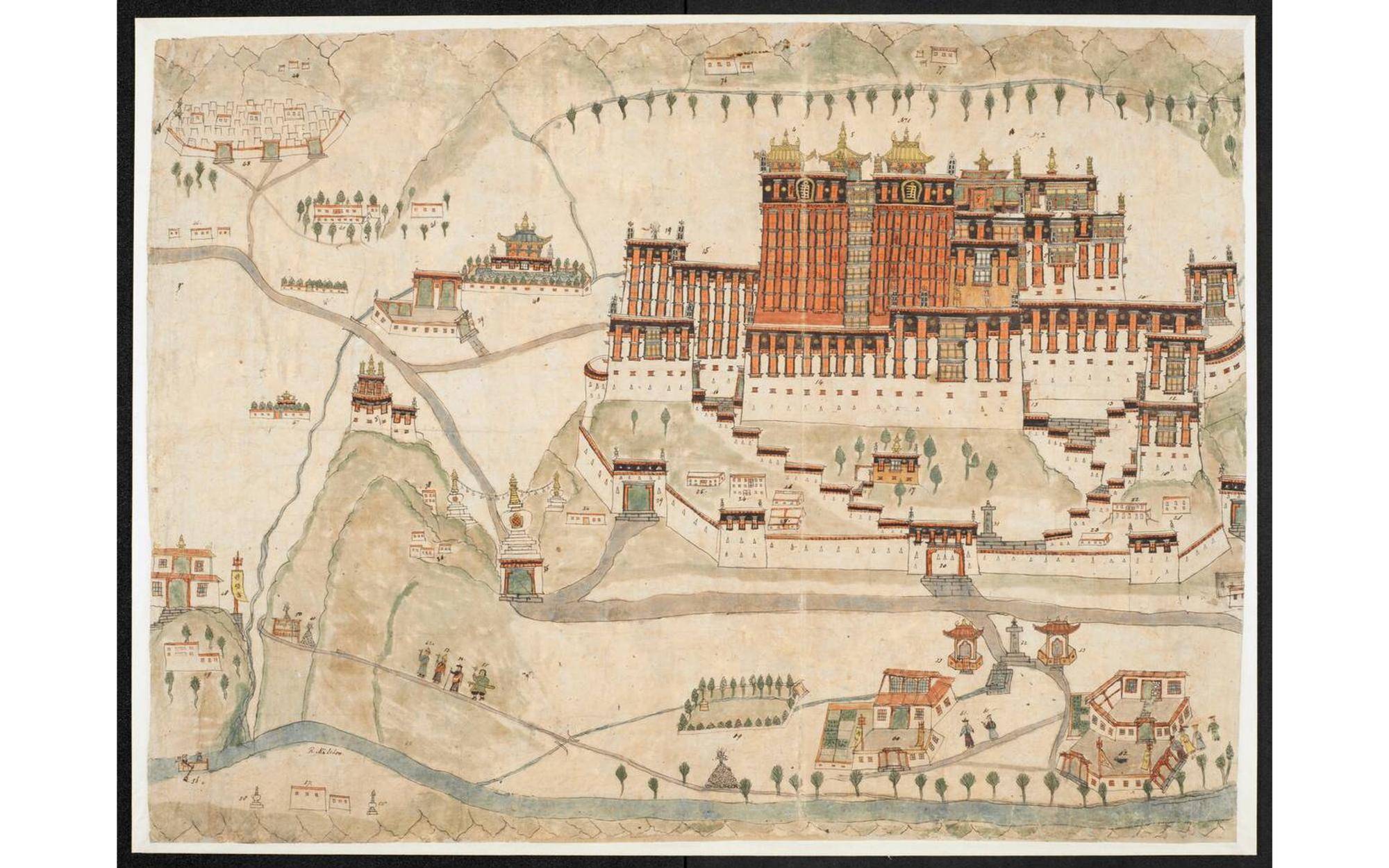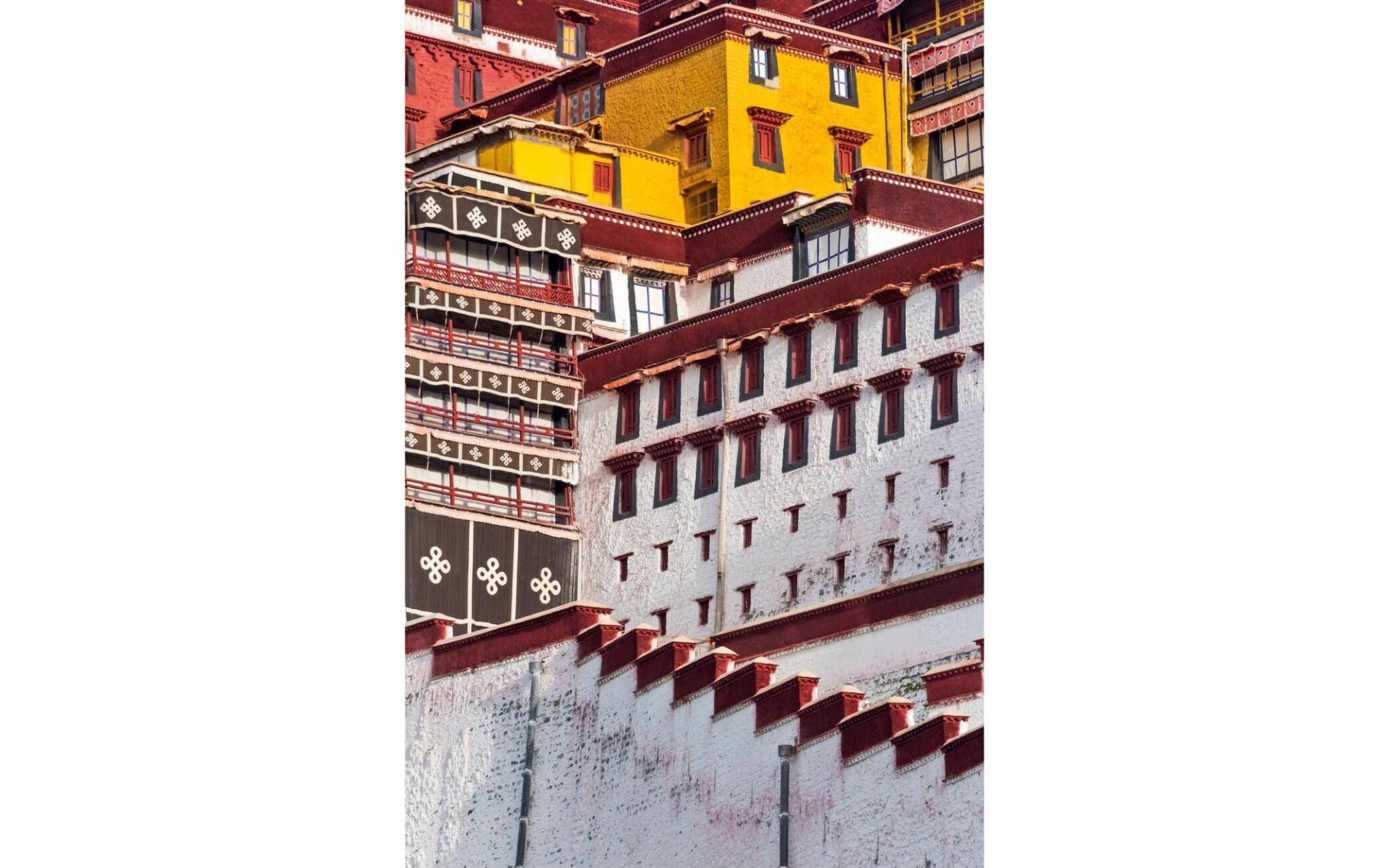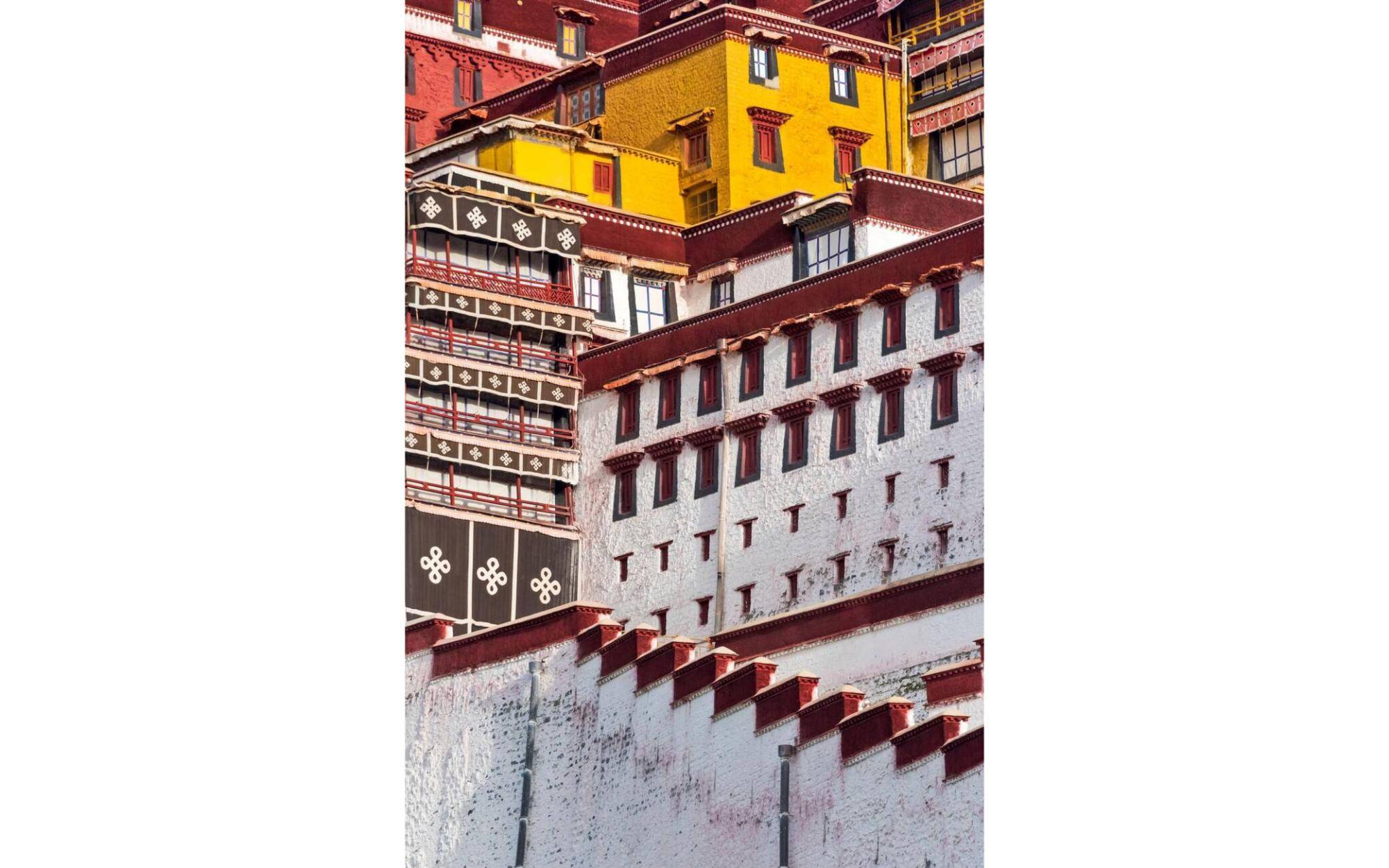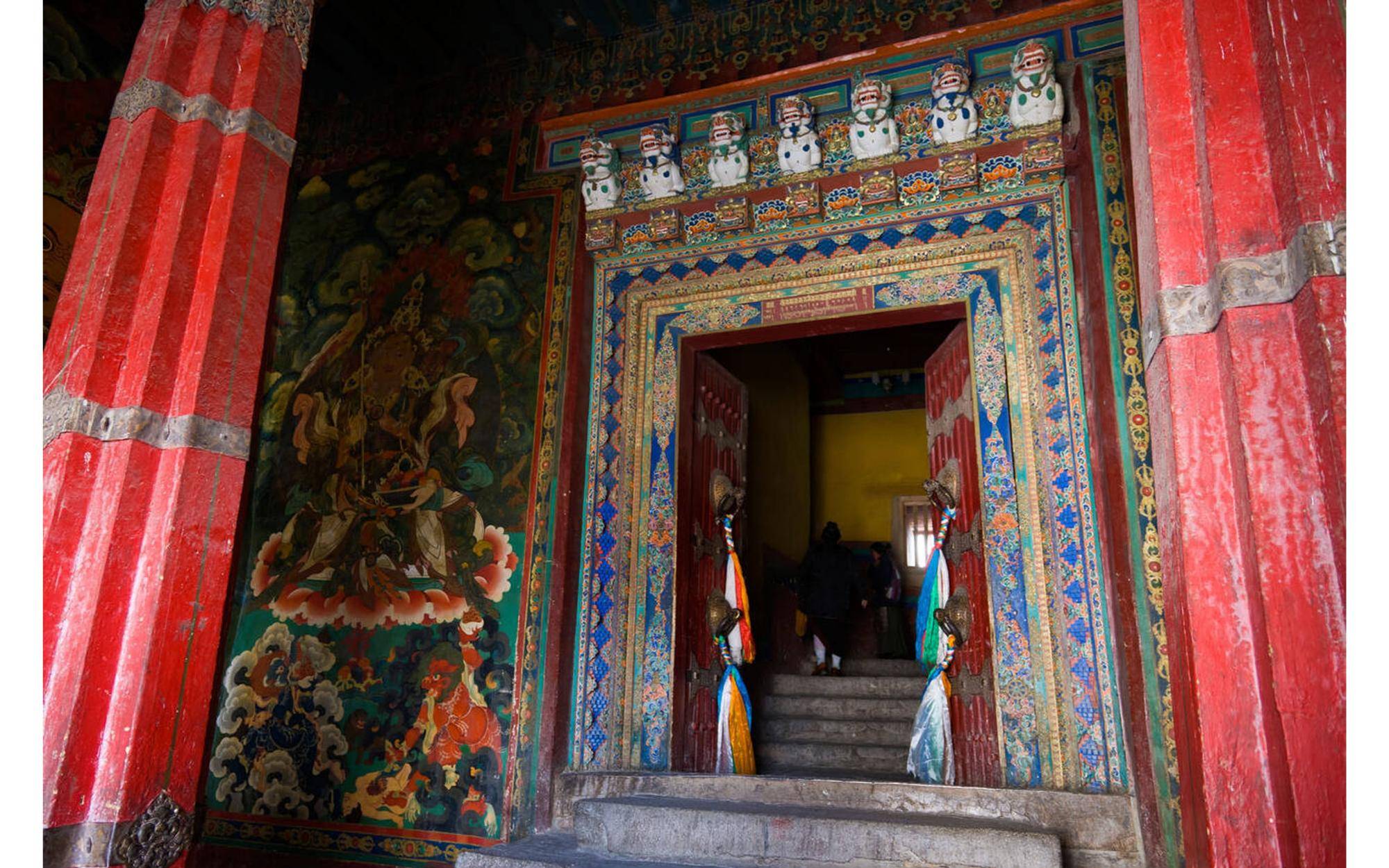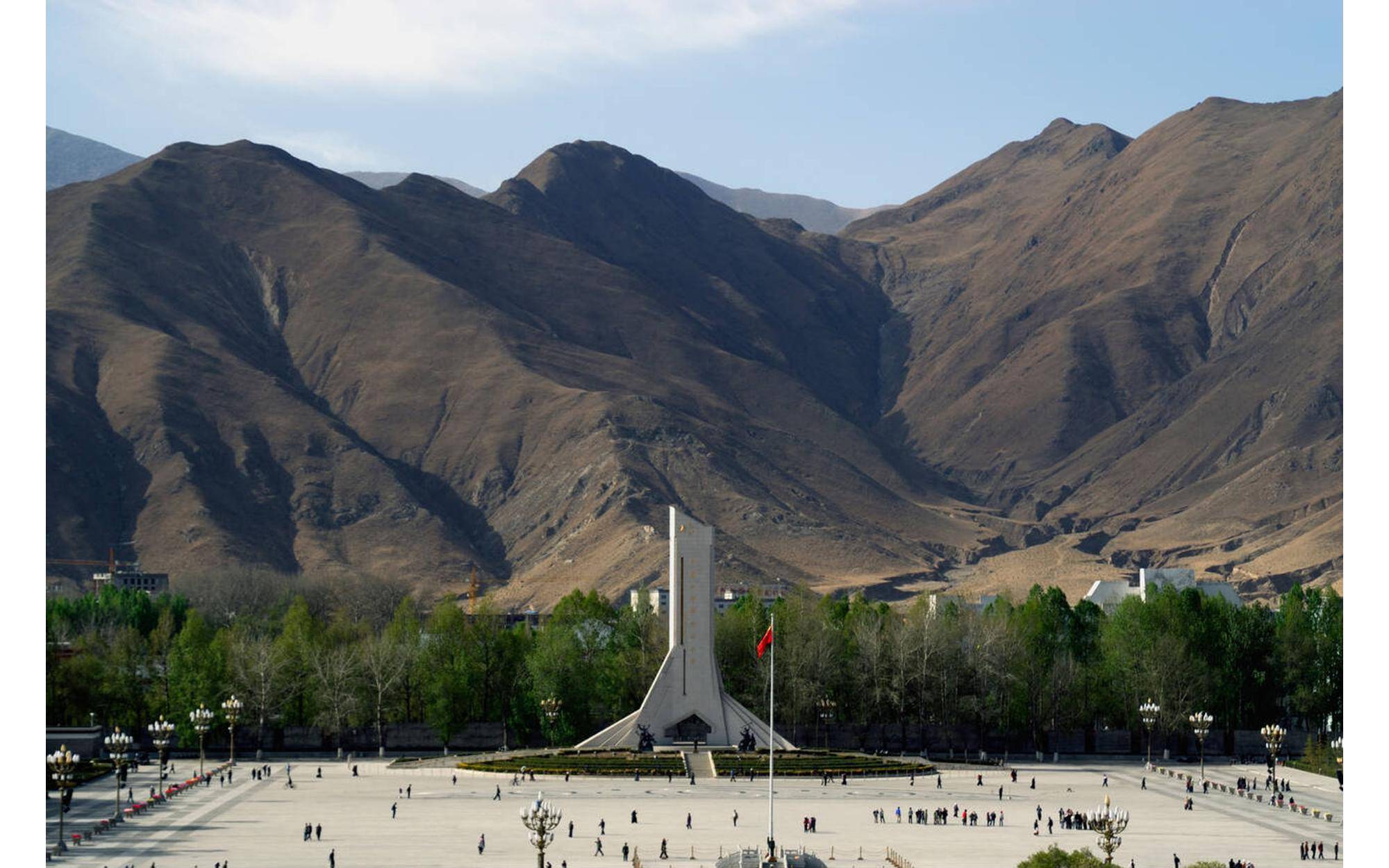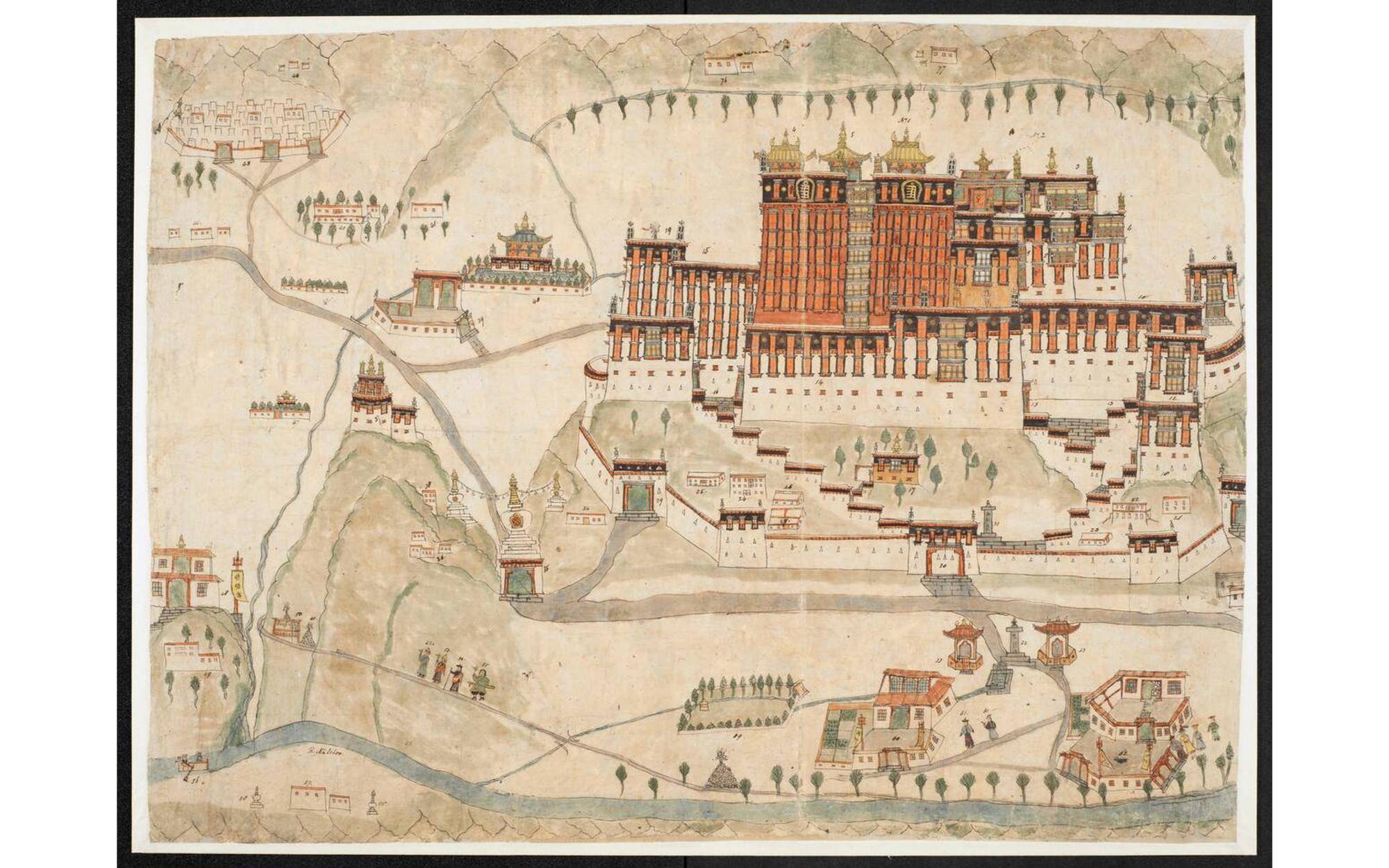The Potala Palace as an architectural and environmental wonder
The Potala Palace as an architectural and environmental wonder, TIBBET
The Potala Palace is one of the most iconic landmarks in Tibet, both historically and architecturally. Located in Lhasa, the capital city, it sits at an altitude of 3,700 meters (12,100 feet) on Marpo Ri, or "Red Hill," dominating the skyline with its striking white and red walls. It’s a UNESCO World Heritage Site SINCE 1974 and a powerful symbol of Tibetan Buddhism and cultural identity.This 7th-century palace proves that beauty, durability, and sustainability can go hand in hand.
History
The name "Potala" is derived from a sacred hill in South India and originates from the Sanskrit word meaning "Abode of Avalokitesvara"—the Bodhisattva of Compassion. According to legend, the origins of the Potala Palace trace back to the 7th century during China’s Tang Dynasty (618–907 AD). It was then that King Songtsen Gampo of Tibet constructed a grand nine-story palace with a thousand rooms atop Red Hill to honor his bride, Princess Wencheng of the Tang royal family. He named it the Potala Palace. However, the original structure was later destroyed during the decline of Songtsen Gampo’s reign. The magnificent Potala Palace we see today was rebuilt during the Qing Dynasty.
The site originally held religious importance even before the palace was built. The first structures date back to the 7th century, when King Songtsen Gampo, who unified Tibet and introduced Buddhism, built a fortress here. The current Potala Palace, however, was largely constructed in the 17th century under the reign of the 5th Dalai Lama, Lozang Gyatso, who made it his winter residence and the seat of political and spiritual authority in Tibet.
The palace remained the center of Tibetan governance until 1959, when the 14th Dalai Lama fled to India during the Tibetan uprising. Since then, the Potala has served more as a museum than a political headquarters, though it remains a pilgrimage site for Tibetan Buddhists.
Architecture
The Potala Palace isn’t just grand—it’s smartly engineered, deeply symbolic, and adapted to its environment. It stands as a rare example of architecture where form, function, and spiritual meaning are seamlessly integrated.The Potala Palace is a masterpiece of Tibetan architecture. It blends traditional Tibetan design with influences from Chinese and Indian styles.
It’s divided into two main parts:
-
The White Palace (Potrang Karpo) – This served as the administrative and living quarters for the Dalai Lamas.
-
The Red Palace (Potrang Marpo) – This part is dedicated to religious functions, including chapels, shrines, and libraries filled with Buddhist scriptures.
The structure rises 13 stories and contains over 1,000 rooms, including chapels, halls, tomb stupas, and monk dormitories. Some of the tombs of past Dalai Lamas are massive structures coated in gold and adorned with precious stones.
The walls, up to 5 meters thick, are built with stone and wood, making the building extremely durable. The interior is richly decorated with murals, carvings, thangkas (Tibetan scroll paintings), and statues.
Key Architectural Features
1. White Palace (Potrang Karpo):
-
Function: Served as the administrative center and living quarters of the Dalai Lamas.
-
Structure: Seven stories high, featuring offices, assembly halls, and living spaces.
-
Notable Areas: The "Sunlight Hall" on the top floor, designed to capture maximum sunlight.
2. Red Palace (Potrang Marpo):
-
Function: Dedicated to religious study and Buddhist prayer.
-
Structure: Houses numerous chapels, shrines, and the tombs of past Dalai Lamas.
-
Notable Features: The golden stupas, especially the tomb of the 5th Dalai Lama, adorned with gold and precious stones.
3. Shol Village:
-
Location: At the base of the Potala Palace.
-
Historical Significance: Once housed government offices, printing houses, and other administrative buildings.
4. Zongjiao Lukang Park:
-
Location: Behind the Potala Palace.
-
Function: A serene park area offering picturesque views and reflections of the palace on its lake.
🧱 Construction Materials & Techniques
-
Materials Used: Stone, wood, and earth.
-
Wall Thickness: Up to 5 meters at the base, tapering as they rise.
-
Seismic Considerations: Copper was poured into the foundations to help proof it against earthquakes .
🌄 Symbolism in Architecture
-
Color Scheme:
-
White: Symbolizes peace and is used for the White Palace.
-
Red: Represents power and is used for the Red Palace.
-
-
Golden Roofs: Signify spiritual enlightenment and are a prominent feature atop the Red Palace.
nterior Layout
Inside, the palace is a maze of:
-
Narrow stairways
-
Steep ladders
-
Corridors and passageways
-
Small windows placed strategically for light and insulation
Despite its fortress-like appearance, the interiors are intricately decorated. Ceilings are often hand-painted with religious motifs, and wooden columns are carved and colorfully painted. Walls are covered in murals—some dating back centuries—depicting Buddhist cosmology, historical events, and lives of the Dalai Lamas.
Iconic Spaces
-
The Great West Hall – One of the most impressive chambers, filled with murals and large Buddha statues.
-
Chapel of the Dalai Lamas’ Tombs – Contains enormous stupas covered in gold and gemstones, housing the remains of previous Dalai Lamas.
-
Library Halls – Store ancient scriptures written on palm leaves and gold ink, preserved in wooden bookcases.
Roof and Ornamentation
The rooftops are decorated with:
-
Gilded spires (chortens)
-
Prayer flags
-
Carved animal figures and Buddhist symbols
These features aren’t just decorative—they convey spiritual protection and reflect Tibetan cosmology.
Sustainable Design
Though ancient, the palace is environmentally suited to its setting:
-
Thick walls keep interiors warm in winter and cool in summer.
-
Minimal windows reduce heat loss.
-
Central courtyards allow ventilation and light.
What makes the Potala Palace truly exceptional is its harmonious integration with the environment, both in philosophy and practice:
-
Eco-Conscious Location: Positioned at 3,700 meters (12,100 ft) above sea level, the palace dominates the Lhasa Valley without damaging its natural ecosystem. Its orientation and layout follow geomantic (Feng Shui) principles, believed to channel the energy of the land for peace and prosperity.
-
Natural Materials: Built with locally sourced stone, clay, and wood, the palace reflects ancient sustainable construction methods, reducing environmental impact and supporting regional craftsmanship.
-
Climate-Adaptive Architecture: Its thick walls and strategic window placement provide insulation against Lhasa’s extreme temperature fluctuations, minimizing energy needs long before modern heating or cooling systems existed.
-
Sacred Water and Gardens: The palace is surrounded by sacred springs, ponds, and the Lukhang Garden, which served as a spiritual retreat. These elements preserve local biodiversity and reflect Buddhist principles of balance with nature.

